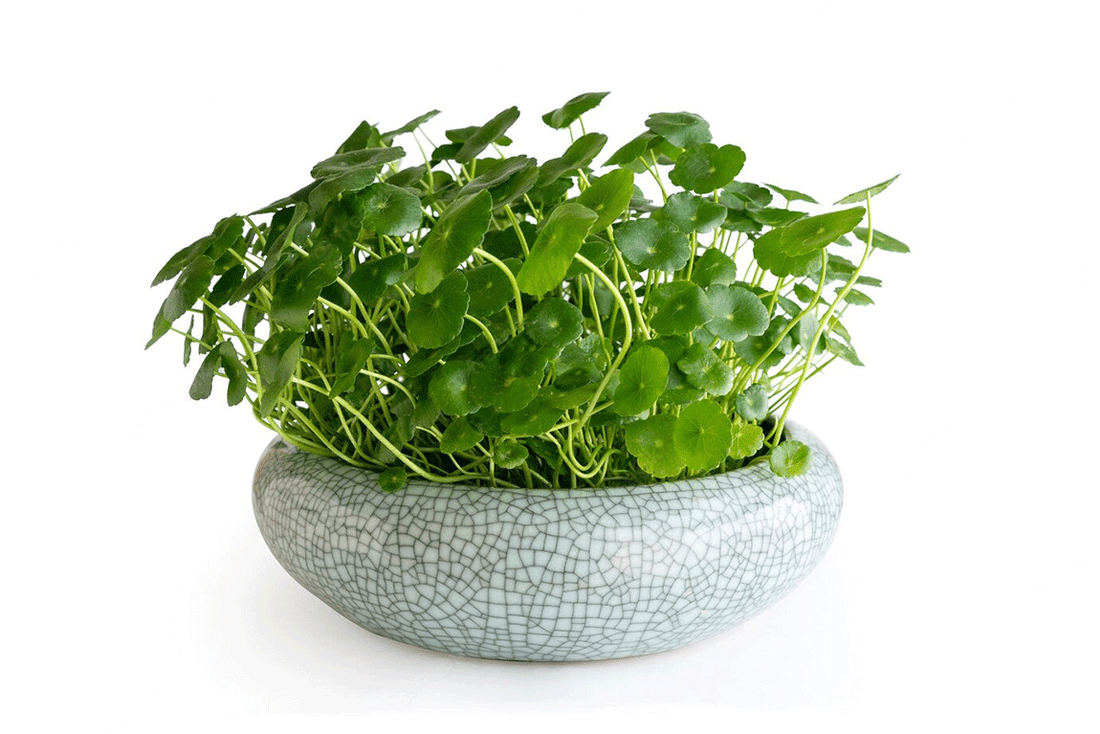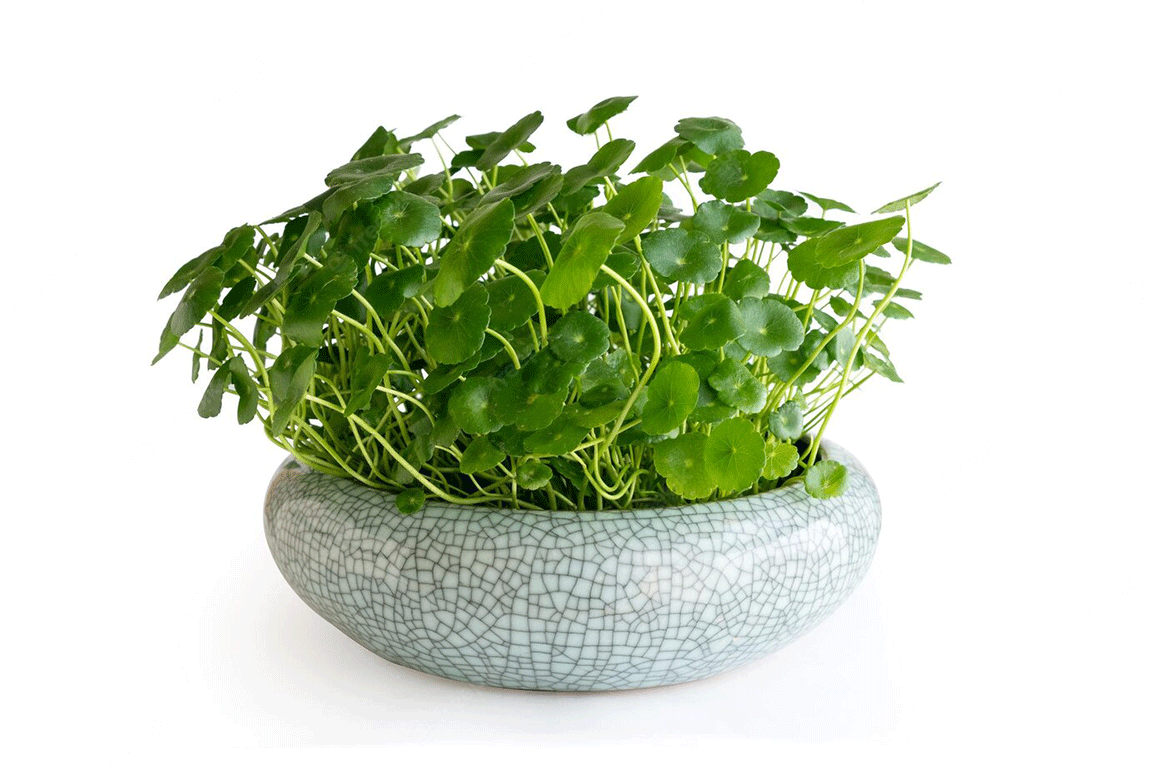
Four Plants that Thrive in Hydroponic Systems
Share

The experience of growing plants can heighten our sense of joy and leave us feeling more reassured and in tune with the natural world. Thus, it comes as no surprise that this hobby has become so popular in recent years. While you may be envisioning a flower in a pot of soil, there are new plants that are catching the world’s attention: hydroponic plants. These plants are grown in a nutrient-rich water system, which means less mess and hassle for you!
Here’s the best part: all plants can be hydroponic. It is important to note that some plants are much easier to grow in these systems than others, however. So, if you’re new to hydroponics and planning your first indoor garden, what are the best plants to start off with? Below, we’ve given you four plants that thrive in hydroponic systems.
1. Hydroponic for plants: Chlorophytum
Chlorophytum, also known as ‘spider plants’, is one of the most popular choices for new house plant owners. These plants happily tolerate low lighting and are considered prolific growers. Due to its thick radish roots, we will need to prepare it to be transferred into a self-contained hydroponic grow box.
It is crucial to prepare the plant so that it can grow new aquatic roots that are more suitable for the hydroponic system. Start by grabbing your potted Chlorophytum and finding a lateral bud with a lot of aerial roots. After cutting it, you can put it in the hydroponic automated grow system and make sure the roots just barely touch the water surface. Over time, the new root system will grow into the water, producing thin, white aquatic roots that are better suited for the aquatic environment.
2. Hydroponic for plants: Devil's Ivy
Epipremnum aureum, or "Devil's Ivy" is a type of vine that is not only lovely to look at, but is also capable of removing some pollutants in the air. Again, be sure to not directly transfer the plant with ground roots; it would grow poorly, and the leaves would turn black in later stages of growth. Instead, like the Chlorophytum, we will need to prepare this plant to grow aquatic roots.
Take your potted Devil's Ivy and cut off a long branch to ensure that there are aerial roots at the bottom of the branch, then cut the leaves at the bottom of the branch. Place the branches into a hydroponic system and make sure the water level covers the aerial roots. As long as the temperature is right, these aerial roots will start to grow within one to two weeks. These aquatic roots will be better adapted to the aquatic environment, able to grow quickly, absorb nutrients, as well as grow branches and new buds.
3. Hydroponic for plants: Hydrocotyle vulgaris
The Hydrocotyle vulgaris, also known as the “money plant” or “lucky plant”, is a charming aquatic plant that is popular for its shield-shaped leaves. These plants grow beautifully in a hydroponic system since they naturally grow in wet places like bogs and marshes. The Hydrocotyle vulgaris only needs a rhizome to grow, which is the main stem of the plant that runs underground horizontally. Simply place the rhizome into the water and wait for the leaves to grow. Once the leaves are fully developed, you will be the proud owner of a beautiful money plant.
4. Hydroponic for plants: Dracaena sanderiana
The Dracaena sanderiana, commonly known as “lucky bamboo”, is one of the most popular Feng Shui cures. It is believed to enhance the flow of positive energy when placed in the right direction. Lucky bamboo can grow in either soil or water, so when you buy it, make sure you let the plant take root by itself in the water. Start by ensuring that the water quality is clean, trim an oblique opening at the bottom, and then insert it into the water. As long as the temperature is above 15 degrees Celsius/59 degrees Fahrenheit, the root system will grow in about a week. This root system is capable of growing extensively for a month, just be sure to maintain the water quality and add nutrient solution regularly.
